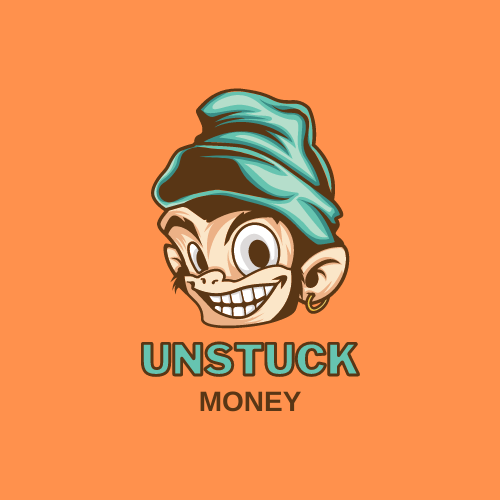We get asked by a lot of middle-aged folks about life insurance. Do you need it? What types are there? For today we are going to summarize the different types of life insurance you may be sold–note that we said sold, as it’s something that a salesman will try to push on you, instead of something you shop for on a casual Saturday stroll.
Let’s explore the different types of life insurance policies and their unique features:
- Term Life Insurance:
Term life insurance offers coverage for a specific period, typically ranging from 5 to 30 years. It’s the most straightforward and affordable type of life insurance, making it an attractive option for many individuals and families. With term life insurance, you pay a fixed premium for the duration of the policy, and if you pass away during the term, your beneficiaries receive a death benefit. Once the term expires, coverage ends unless you choose to renew or convert the policy. - Whole Life Insurance:
Whole life insurance provides lifelong coverage with a guaranteed death benefit, as long as premiums are paid. Unlike term life insurance, whole life policies also accumulate cash value over time, which grows tax-deferred. This cash value can be accessed through policy loans or withdrawals, providing a source of funds for various financial needs. While whole life insurance typically has higher premiums than term life insurance, it offers permanent protection and a valuable investment component. - Universal Life Insurance:
Universal life insurance is a flexible type of permanent life insurance that combines death benefit protection with a cash accumulation component. With universal life insurance, policyholders have the flexibility to adjust their premiums and death benefits over time to suit their changing needs and financial goals. Additionally, universal life policies earn interest on the cash value component, which can help offset premiums or increase the policy’s cash value over time. - Variable Life Insurance:
Variable life insurance offers both a death benefit and a cash value component, similar to universal life insurance. However, what sets variable life insurance apart is the ability to invest the cash value in various investment options, such as mutual funds or stocks. The cash value and death benefit of variable life insurance policies can fluctuate based on the performance of the underlying investments, offering the potential for higher returns but also greater risk. - Indexed Universal Life Insurance:
Indexed universal life insurance is a type of universal life insurance that allows policyholders to earn interest based on the performance of a stock market index, such as the S&P 500. While indexed universal life insurance offers the potential for higher returns than traditional universal life policies, it also provides downside protection, ensuring that the cash value doesn’t decrease due to market downturns.
Choosing the right type of life insurance depends on your individual needs, financial situation, and long-term goals. In a future post, we will discuss our recommendations for those persuing FIRE or financial freedom (our target audience!)





